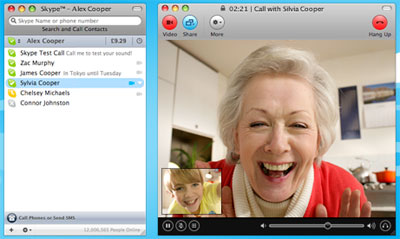Hole-In-Space was an experiment that shocked the unsuspecting public one evening in 1980 in both New York City and Los Angeles. The life-size images that were displayed broke down the 2,800 miles of distance and linked complete strangers through the act of a virtual connection. Created by Kit Galloway and Sherrie Rabinowitz, this technology was revolutionary for its time and allowed innocent passerby to experience a conversation like never before in the “virtual space,” a term coined by Galloway and Rabinowitz.
In today’s technological society, these connections are regularly had over Skype, FaceTime, and other forms of virtual conversation. However, in 1980, Skype had not been invented and cellular texting was still a few years down the road. The ability to visually connect with an individual on the other side of the country was cutting-edge and irresistible.
Some may argue that face-to-face interaction is the most personal and intimate, and while they may be right, it does not detract from the intimacy that can be shared through virtual visual communication. For example, the work, The Big Kiss, by Annie Abrams shows us that despite a physical distance that is keeping two individuals apart, the connection that can be had through virtual visual communication can hold moments and feelings of intimacy and emotion.
This virtual space that is discussed in the Galloway and Rabinowitz reading, “Welcome to ‘Electronic Café International’: A Nice Place for Hot Coffee, Iced Tea, & Virtual Space,” just like the Hole-In-Space experiment, is able to break down barriers that previously appeared impossible. The emotions, vulnerability, intimacy and friendship that were previously reserved for face-to-face connection can effectively be shared through with virtual space.
